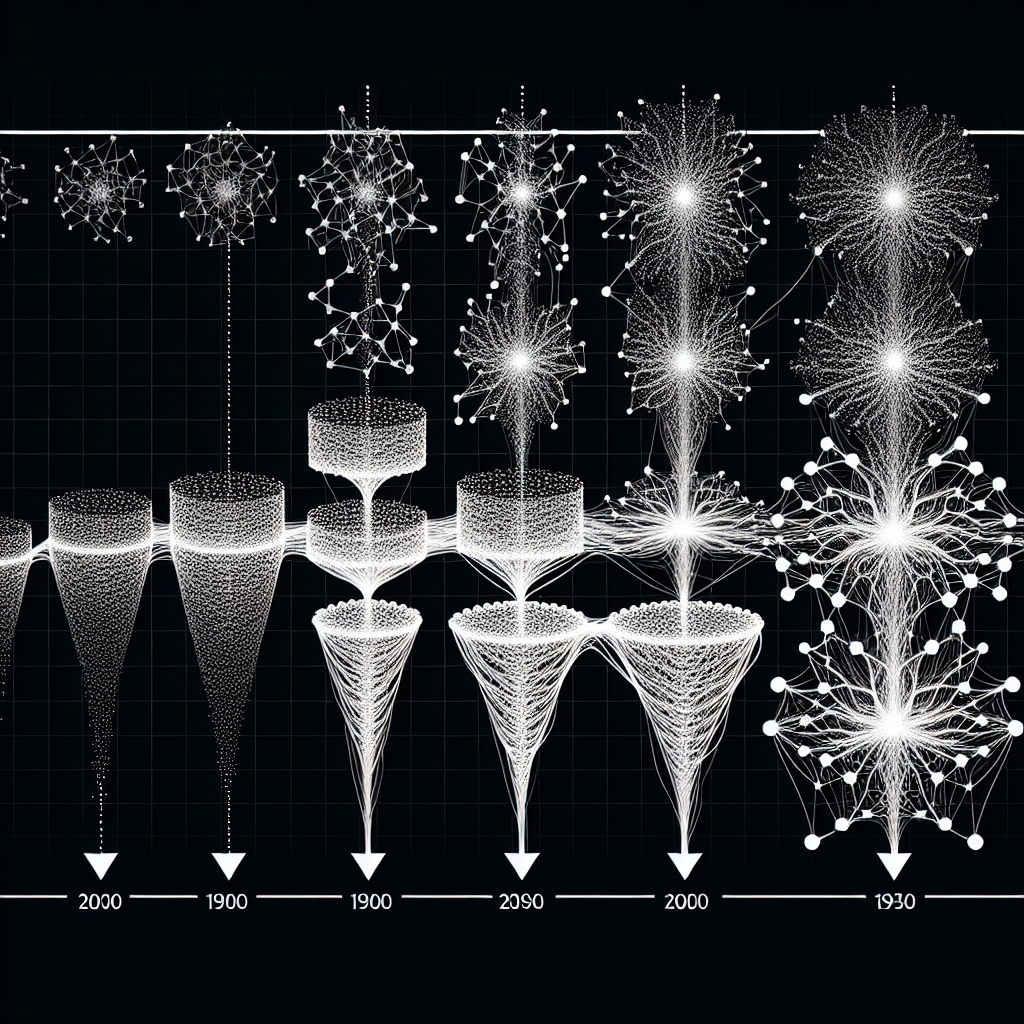Deep learning has revolutionized the field of artificial intelligence (AI) in recent years, enabling machines to learn complex patterns and make predictions without being explicitly programmed. The evolution of deep learning can be traced back to the development of neural networks, which are computational models inspired by the human brain.
Neural networks were first introduced in the 1940s as a way to simulate the behavior of neurons in the brain. These early models were limited in their capabilities and struggled to learn from large amounts of data. However, advancements in computing power and algorithmic techniques in the 1980s and 1990s led to the resurgence of neural networks in the form of deep neural networks.
Deep neural networks, also known as deep learning models, are comprised of multiple layers of interconnected nodes, or neurons, that process data in a hierarchical manner. The depth of these networks allows them to learn complex representations of data, making them more powerful and versatile than traditional neural networks.
One of the key breakthroughs in the evolution of deep learning was the development of convolutional neural networks (CNNs) in the 1990s. CNNs are specifically designed for image recognition tasks, with layers that can detect features like edges, textures, and shapes. This architectural innovation has since been applied to a wide range of applications, from computer vision to natural language processing.
Another important development in deep learning is the introduction of recurrent neural networks (RNNs) in the early 2000s. RNNs are designed to handle sequential data, making them well-suited for tasks like speech recognition and language translation. The ability of RNNs to capture temporal dependencies in data has further expanded the capabilities of deep learning models.
In recent years, the field of deep learning has seen rapid progress with the introduction of deep reinforcement learning, a combination of deep neural networks and reinforcement learning. This approach has been successfully applied to complex tasks like playing video games and controlling robots, demonstrating the potential of deep learning in real-world applications.
Overall, the evolution of deep learning from neural networks to deep neural networks has paved the way for advancements in AI technology. With continued research and innovation, deep learning models are expected to become even more sophisticated and capable of solving increasingly complex tasks in the future.


Leave a Reply